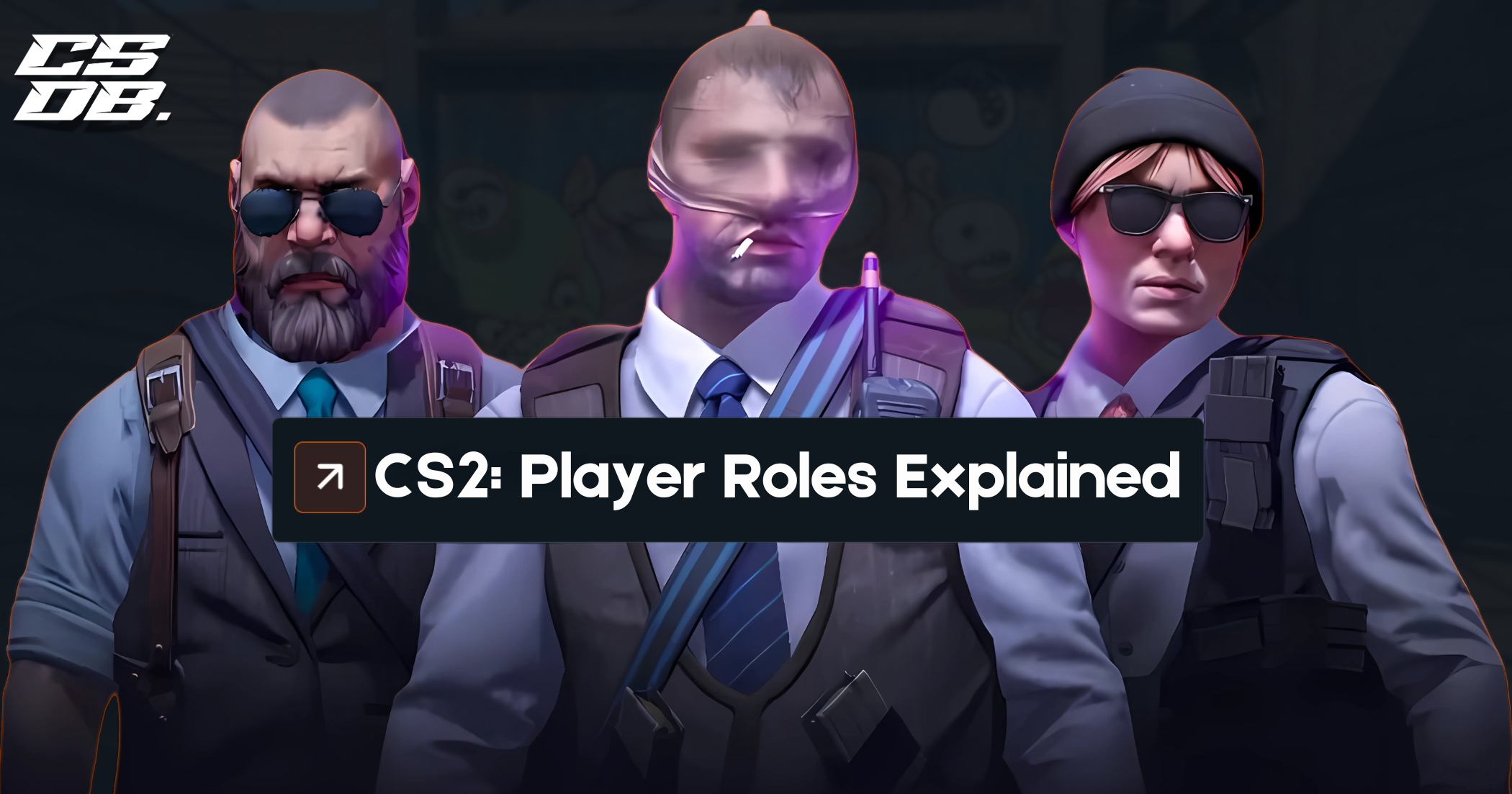Antalya Escapes
Discover the best of Antalya with exclusive insights and tips.
Anchors Away: Sailing Through the CSGO Anchor Role
Master the CSGO anchor role with our expert tips and strategies! Set sail for victory and dominate the game like never before!
Understanding the Anchor Role in CSGO: Key Responsibilities and Strategies
The anchor role in CSGO is crucial for establishing a solid defensive strategy. Anchors are typically positioned in areas where they can control high-traffic spots, such as bomb sites. Their primary responsibilities include gathering information, holding off enemy pushes, and ensuring their team's defense remains intact. Successful anchors must leverage communication skills to relay critical intel to teammates and coordinate defensive maneuvers. Strengthening the anchor's position often involves the use of utility, such as grenades and smoke bombs, to delay or disrupt enemy advances.
To excel in the anchor role, players should develop specific strategies that enhance their gameplay. For instance, mastering crosshair placement and positioning can provide a tactical advantage when engaging enemies. Additionally, utilizing sound cues and map awareness is imperative in predicting enemy movements. A well-rounded anchor also benefits from practicing 1v2 and 1v3 scenarios, as these situations frequently arise during gameplay. Lastly, staying adaptable and understanding when to rotate based on the team's needs can greatly impact the overall success of the squad.

Counter-Strike is a popular multiplayer first-person shooter game that pits teams of terrorists against counter-terrorists in various game modes. Players can customize their weapons, including rare cs2 zeus skins, to enhance their in-game experience. The strategic gameplay requires teamwork and quick reflexes, making it a favorite in the esports community.
Essential Tips for Anchors: How to Hold Your Ground and Secure Rounds
As an anchor, it’s crucial to maintain stability and control, especially during challenging situations. One essential tip is to ensure that you have a solid foundation; this means identifying the right location to secure your anchor. Whether you're on a boat or standing your ground in a team scenario, assess the environment. Look for adequate grip points and avoid areas that may shift or erode. Furthermore, familiarize yourself with different types of anchors available and choose the one that best suits your situation to guarantee optimal holding strength.
Secondly, practicing communication can make a significant difference in how effectively you hold your ground. If you're part of a team, ensure that everyone is aware of their responsibilities and the anchor's role in maintaining the group's cohesion. Regularly holding drills or simulation exercises can improve overall coordination and response time. Consider implementing a checklist to regularly review anchor points and the effectiveness of your securing methods, which can not only enhance performance but also increase confidence under pressure.
Common Questions About the Anchor Role in CSGO: What New Players Should Know
The Anchor role in CSGO is crucial for maintaining map control and supporting the team's defensive strategies. New players often wonder how to effectively play this role. Anchors typically hold specific bomb sites, making them responsible for defending against enemy pushes. It's important for anchors to have a strong understanding of map layout, as they need to position themselves in advantageous locations. Additionally, good communication with teammates is essential, as an anchor might need to call for reinforcements or provide intel on enemy movements. Ensuring that you are always aware of your surroundings can help you anticipate enemy actions and react accordingly.
Another common question is what skills are necessary for excelling as an anchor. An effective anchor should have strong **crosshair placement** and be proficient in using different weapons to eliminate enemies quickly. Moreover, understanding utility usage is imperative; knowing when and where to deploy smokes, flashes, or molotovs can significantly impact the outcome of rounds. New players should also focus on their positioning and learn how to play off of their teammates, as this often leads to more successful engagements. Remember, an anchor's goal is not just to get frags but to survive and delay the enemy's advance, allowing your team to regroup and mount a defense.